Measuring PUE Doesn't Have to Be Hard | Packet Power
Trying to understand the impacts of changes in demand in your data center? Perhaps you want to measure the impacts of energy efficiency initiatives...
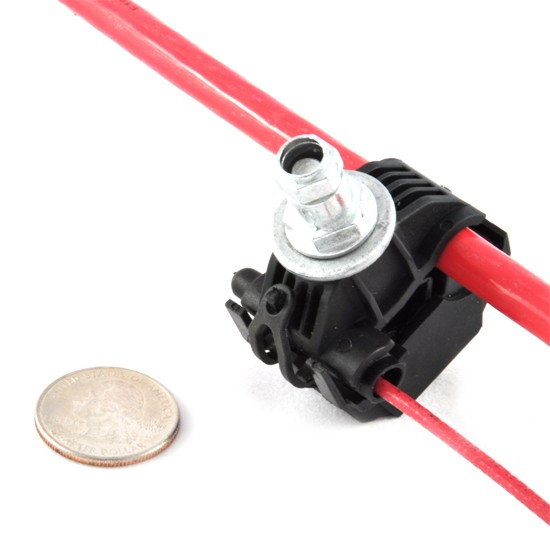
Packet Power is frequently asked how to access the voltage source when installing power monitors. This can be done using a variety of methods.
BACKGROUND
Voltage monitoring point
Access voltage for power monitoring at any point on the circuit provided:
Current requirements
Packet Power's monitors require a fraction of an Amp of power so are fused at less than 1A and only require small gauge wire.
Fusing requirements
Many Packet Power monitors are internally fused, but best practice and code compliance may require fusing on the voltage connections. Packet Power offers inline fuse kits for this purpose. These are available for 120-240V and 480V systems.
VOLTAGE TAP CONNECTION METHODS
Dedicated circuit breakers
Utilizing a small existing circuit breaker on a panelboard is among the most common methods of accessing voltage.
Spare terminals
Some PDUs, RPPs and switchgear contain small auxiliary terminal blocks that can be used to source voltage for the meter.
Insulation displacement connectors (IDCs)
IDCs pierce the insulation on an existing conductor and provide a means for safely connecting a second "tap" line that can be used to source the voltage. These connectors are available in many sizes and are specified according to the primary and tap conductors. Most are UL listed and code compliant but may not be accepted in all jurisdictions.
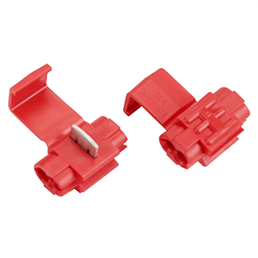
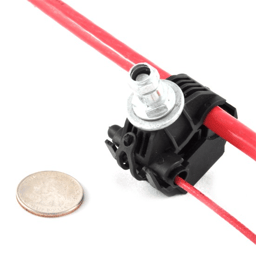
Tapping the busbar
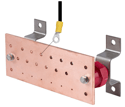
Electricians drill and tap the busbar and attach the conductor directly to the busbar using a ring terminal.
Busbar taps
 Busbar taps clamp directly to an existing busbar and allow for a secondary voltage tap. This approach is more common in Europe and not typically used in North America. Busbar taps can be expensive but are essential in some applications.
Busbar taps clamp directly to an existing busbar and allow for a secondary voltage tap. This approach is more common in Europe and not typically used in North America. Busbar taps can be expensive but are essential in some applications.
Double lugging
The practice of double lugging entails sharing the lug or terminal of the conductor with the voltage sensing wire. This is done when the primary conductor is much larger than the voltage tap wire. Ideally this is done where there are large compression lugs securing the primary conductor. Double lugging may not be approved in all jurisdictions.
Cable splitter via wire nut or twin wire ferrule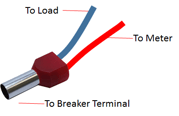 When the primary and tap conductors are close in size, the best practice is to use a single conductor entering the terminal of the voltage source. This single conductor can then be branched into two sources after it leaves the terminal using a code compliant method such as a wire nut or twin wire ferrule
When the primary and tap conductors are close in size, the best practice is to use a single conductor entering the terminal of the voltage source. This single conductor can then be branched into two sources after it leaves the terminal using a code compliant method such as a wire nut or twin wire ferrule
FINAL NOTE
We have provided a quick summary of the most common ways to tap into a voltage source. Please note the acquisition method most suitable for your facility is subject to your regional electrical codes and the judgement of a qualified electrician familiar with the job at hand.

Trying to understand the impacts of changes in demand in your data center? Perhaps you want to measure the impacts of energy efficiency initiatives...
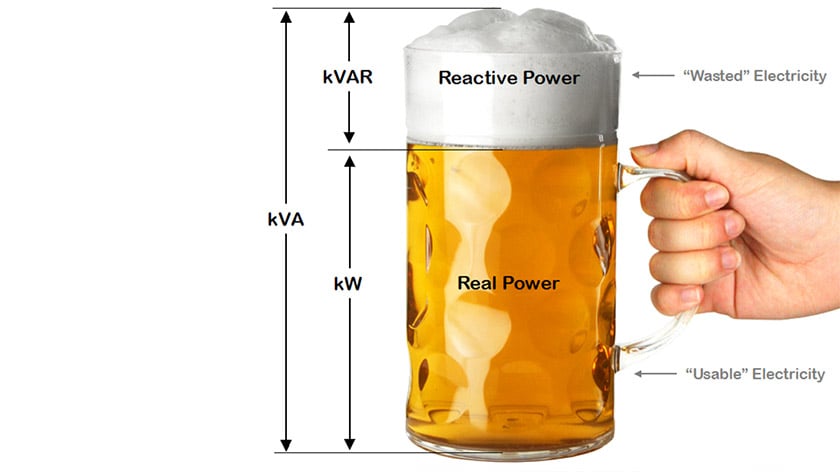
You may be getting less power throughout your facility than you think, thanks to something known as power factor. Power factor affects power...
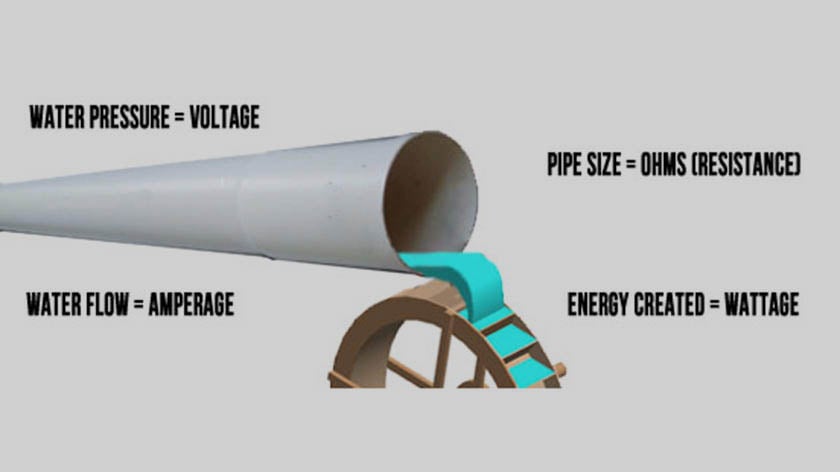
Editor's note: This blog was originally posted in 2015. Although electrical definitions haven’t changed, it was updated in 2023 because the cost of...